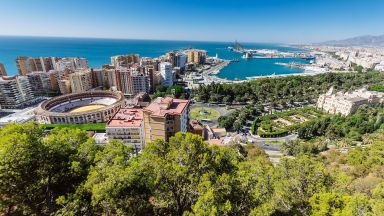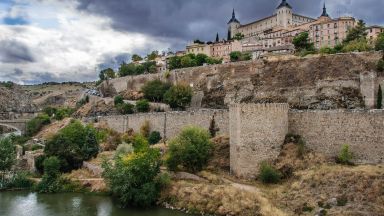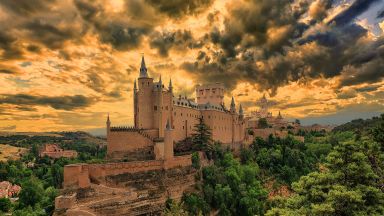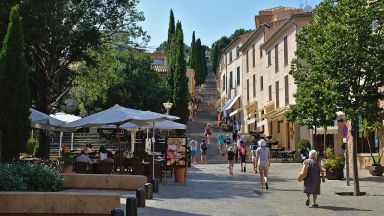Spain Travel Guide
Spain, country located in extreme south-western Europe, in the Iberian Peninsula, which it shares with Portugal. The country has a land border to the north across the Pyrenees Mountains with France and the tiny principality of Andorra, to the south with, Gibraltar and to the west with Portugal. Its east coast looks out over the Mediterranean Sea, the west by the Atlantic Ocean, and to the north by the Bay of Biscay. The Balearic Islands lie off Spain’s east coast and the Canary Islands lie to the west of Africa. Ceuta and Melilla are two small enclaves in North Africa that Spain has ruled for centuries.
Mainland Spain is a mountainous country, dominated by high plateaus and mountain chains.
Spain is a popular tourist destination blessed with a gentle climate, beautiful coastal beaches, mountains and plains, historic cities and, a spectacular number of World Heritage Sites to visit.
Cities in Spain

Seville

Bilbao

Málaga

Granada

Palma

Córdoba

Cádiz

Pamplona

Santander

San Sebastián

Salamanca

Logroño

Jaén

Cáceres

Toledo

Ávila

Segovia

Ronda

Chipiona


